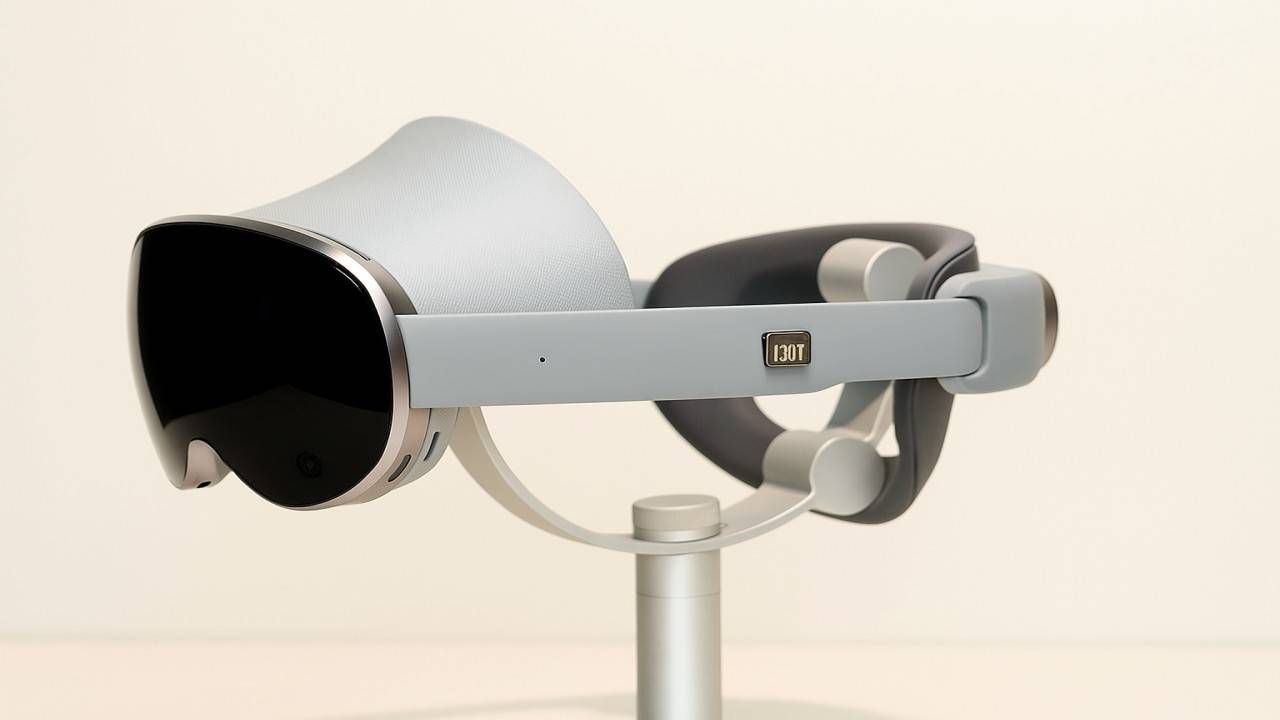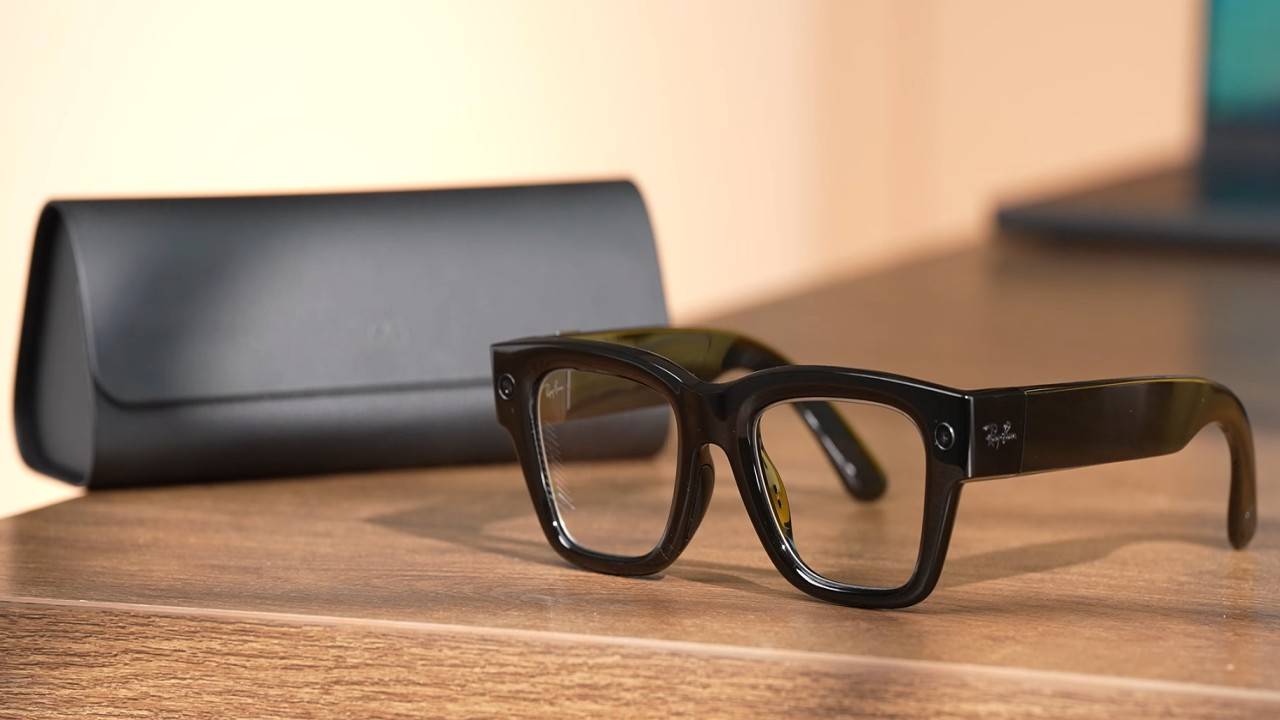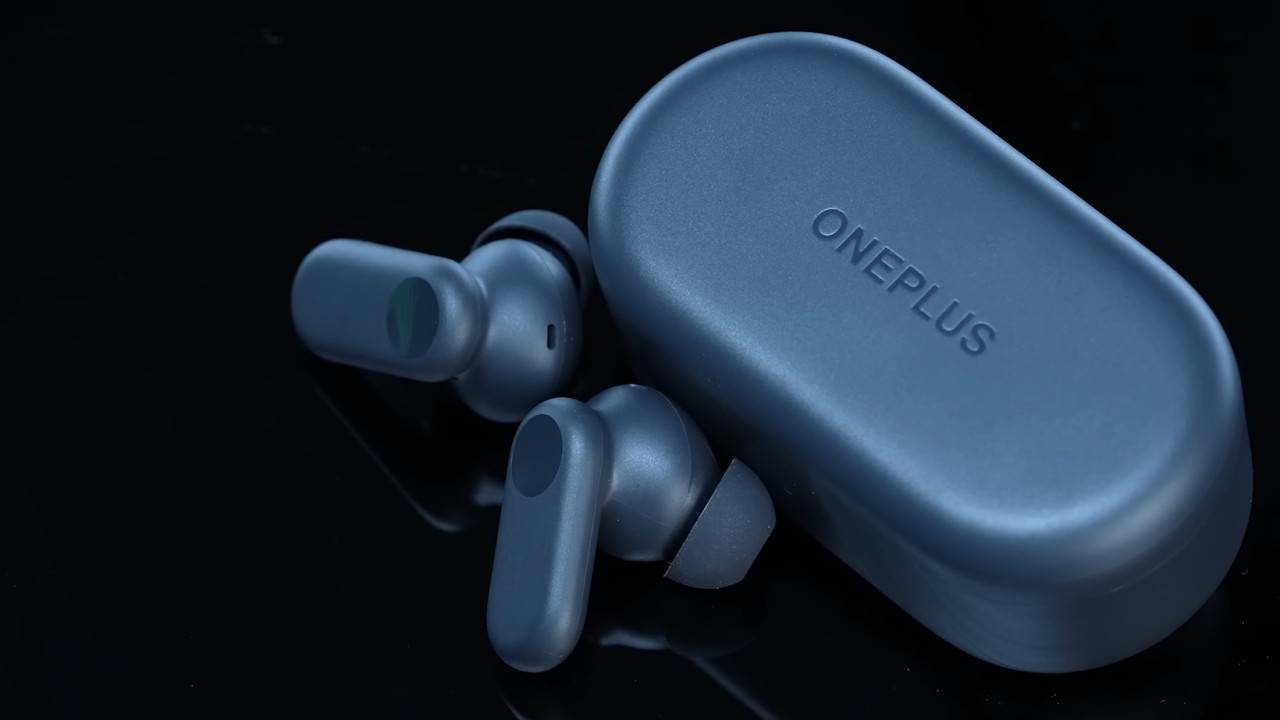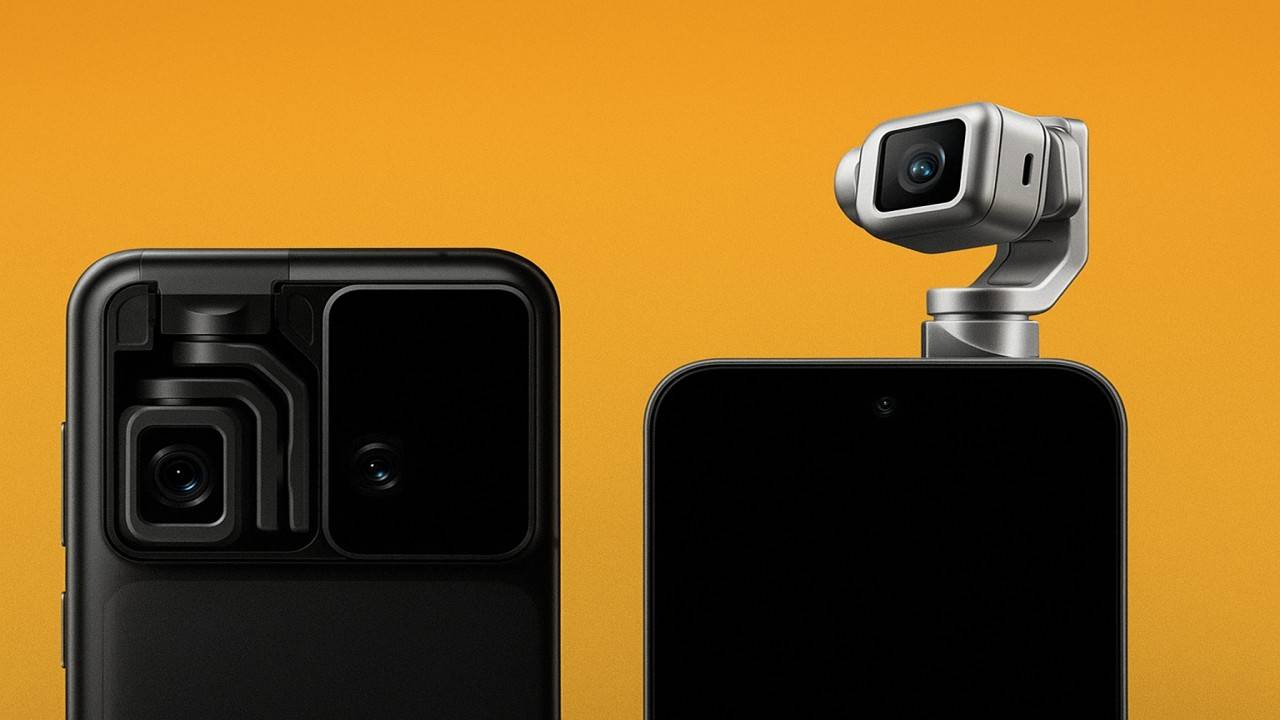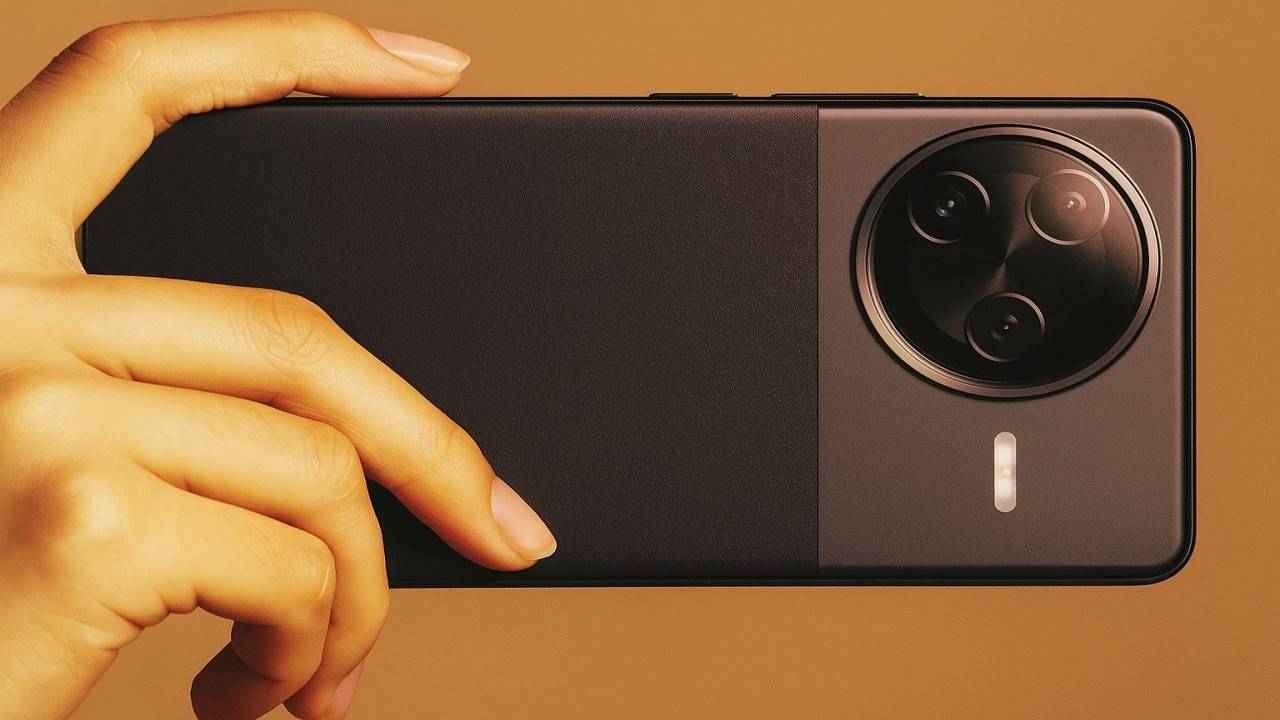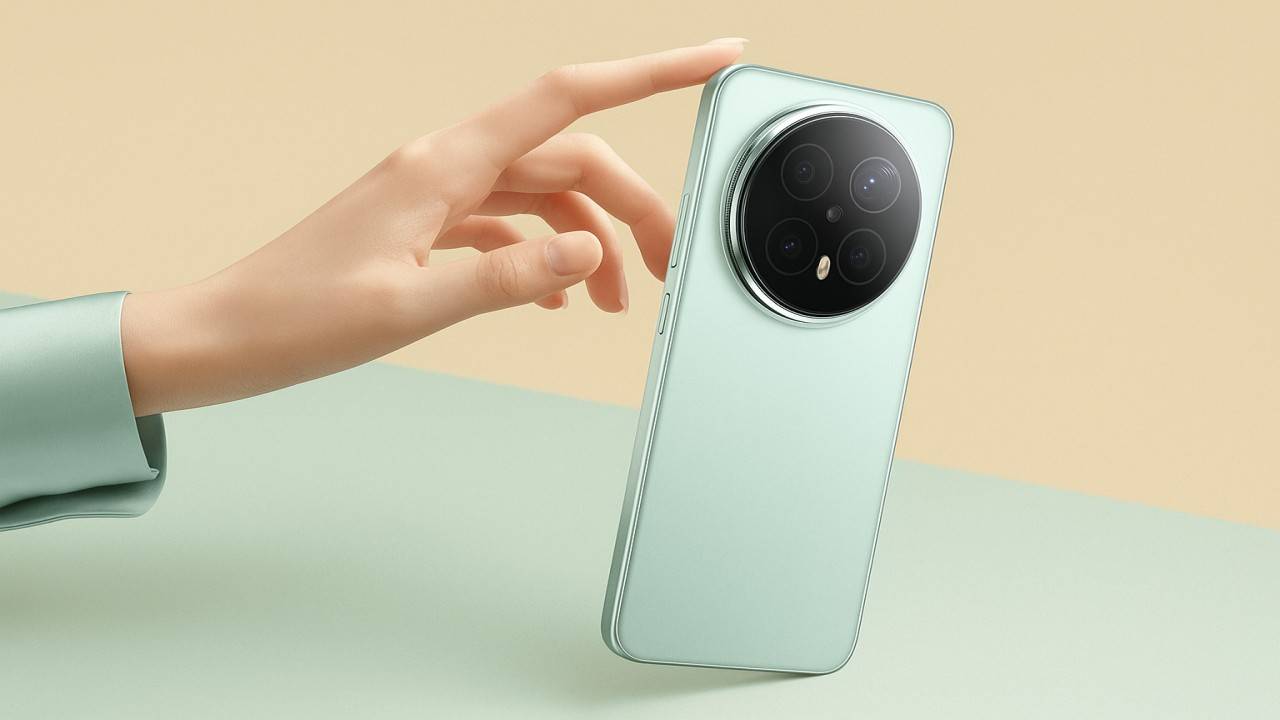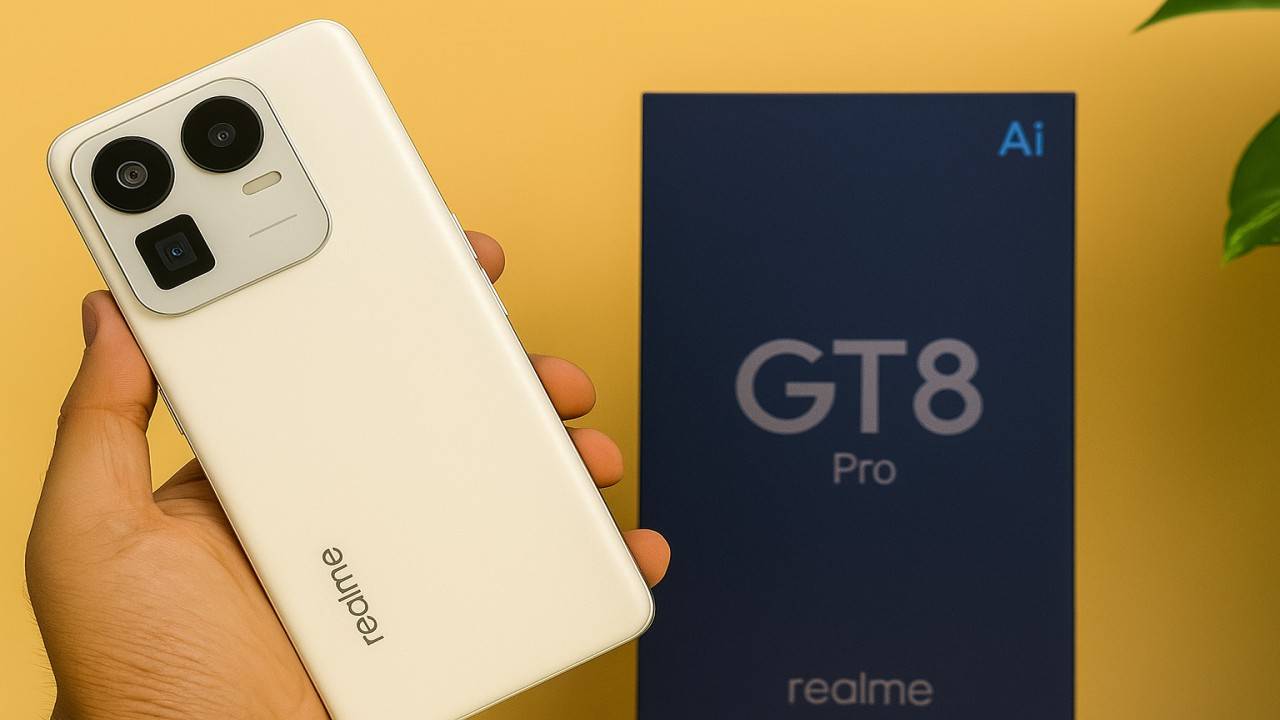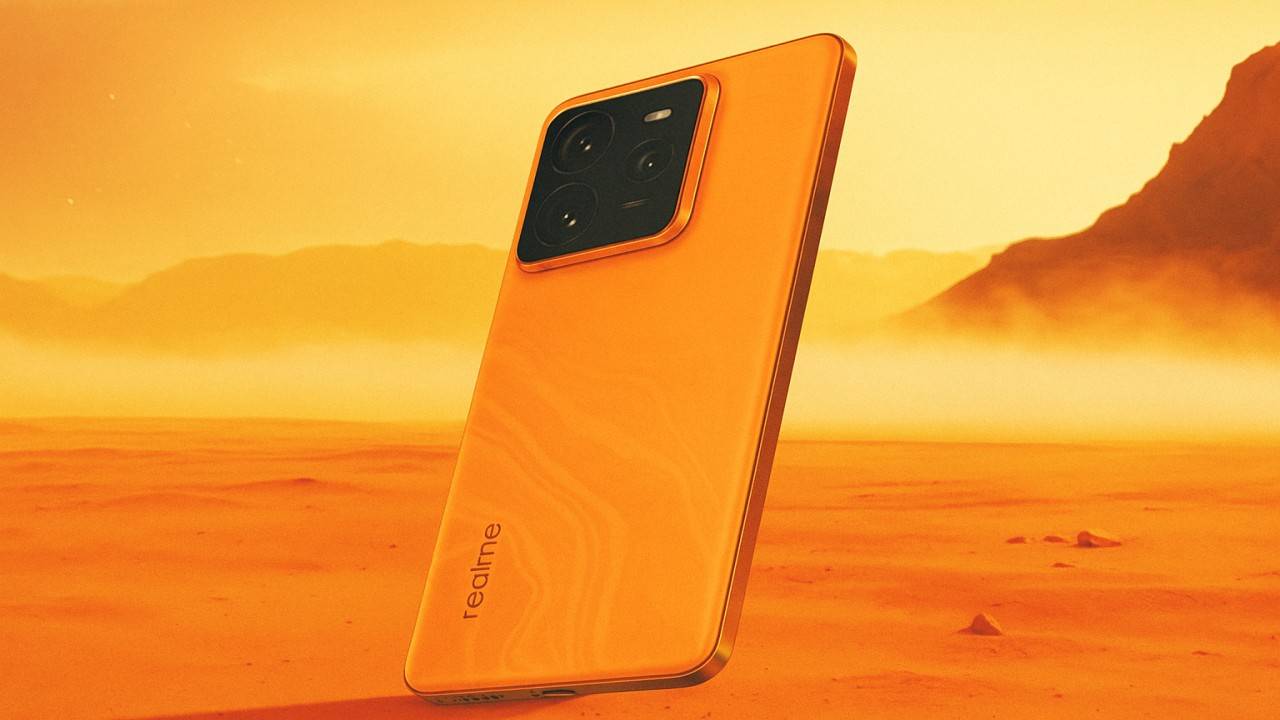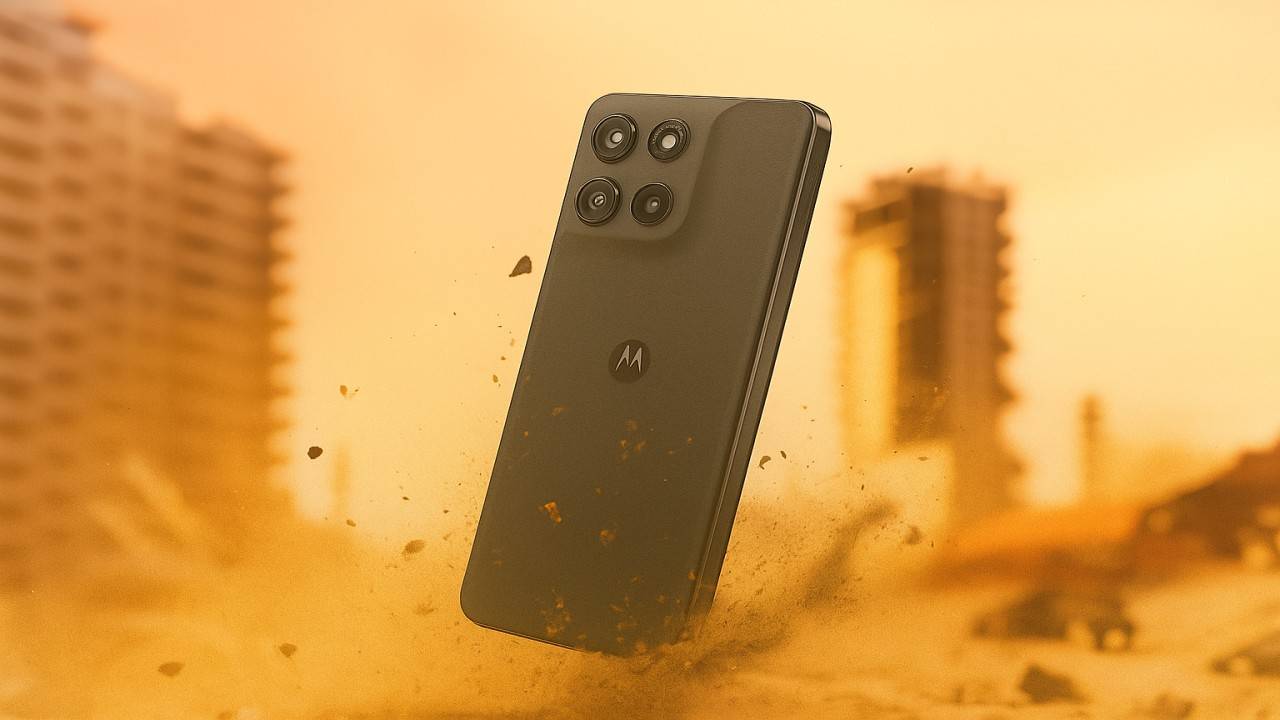Project Moohan XR Headset: Samsung officially released the date for its upcoming Galaxy event on October 21, 2025, marking a thrilling advance into the realm of extended reality (XR) and multimodal AI experiences. Dubbed “Worlds Wide Open — A New Era of Multimodal AI,” the event is set to showcase developments that may transform how we engage with technology, in our day-to-day lives and within immersive digital worlds. The jewel in the crown for this event is set to be Project Moohan, Samsung‘s much-leaked XR headset, possibly branded as the Galaxy XR.
In this blog post, we’re going to explore in depth everything that we know about the event and Project Moohan — from its design, specs, and features to its anticipated influence on the XR industry.
The Event: A New Era of Innovation
Samsung‘s Galaxy event on October 21 is already making waves in the technological sphere. To be streamed worldwide through Samsung‘s official media, the event will highlight the company’s dedication to AI-based immersive technology. “Worlds Wide Open” captures Samsung‘s vision of pushing the limits of traditional technology, especially in sectors of virtual and augmented reality, now merged with high-level AI features.
As much as Samsung has led the smartphone and consumer electronics segment, its excursion into XR is a strategic effort to take on premium-grade devices such as Apple’s Vision Pro and Meta’s Quest series. Through a focus on Android XR, Samsung seeks to provide an open, scalable ecosystem that can help developers and users create more immersive, interactive experiences.
Project Moohan XR headset: Samsung’s XR Vision Realized
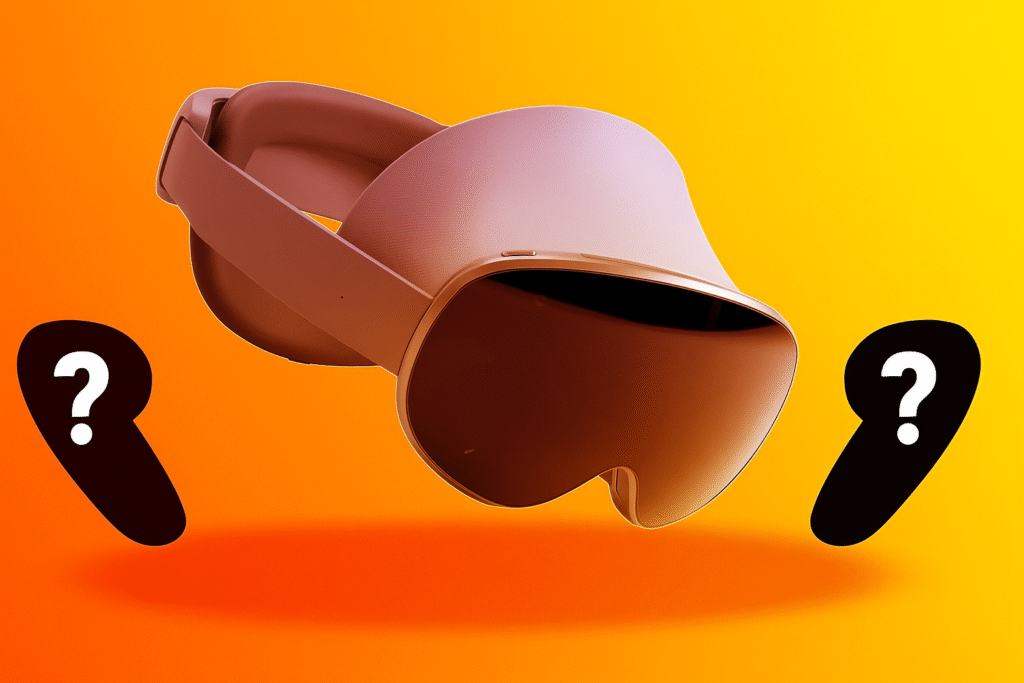
Project Moohan XR headset has been in development for months, with Samsung previewing the headset at many tech conferences. “Moohan” is Korean for “infinity,” representing Samsung’s aspiration for endless possibilities in immersive experiences. The official branding may be Galaxy XR, but the codename Moohan has come to represent Samsung’s XR vision.
Design & Comfort
Hands-on accounts and leaked pictures indicate that the headset will have an ergonomic, streamlined design, with a focus on comfort over prolonged periods. According to reports, the headset is about 545 grams in weight, which is similar to other high-end XR devices. The build has multiple sensors, such as eye-tracking cameras and environment sensors, for enabling sophisticated gesture control and immersive interactions.
Samsung has also been experimenting with OLED-on-Silicon (OLEDoS) panels, offering nearly 4K resolution per eye. These retina-level displays should provide stunning contrast, brightness, and color accuracy, making virtual content appear rich and lifelike.
Hardware & Performance
While official specs are kept under lock and key, rumors indicate that Project Moohan will be driven by the Snapdragon XR2+ Gen 2 chip, with 16 GB RAM. The duo should provide slick performance for standalone XR apps as well as PC VR streaming, enabling users to enjoy high-end VR titles without any stuttering or lag.
Battery life is a consideration for XR devices, and reports indicate an expected 2-hour usage window for general tasks, extendable slightly with video playback. Some rumors hint at external battery packs or side-mounted power solutions to extend session durations.
Connectivity will feature Bluetooth support and possibly Wi-Fi 6E, with the aim of achieving quick, low-latency interactions. Samsung has also been engaged in providing strong third-party app and service support, which might provide it with a competitive advantage in the XR market.
Software: Android XR and AI Integration
One of the most interesting features of Project Moohan is its software environment. Built atop Android XR, a system co-created with Google and Qualcomm, the headset should be the first open and scalable XR operating system.
Android XR is intended to enable a broad spectrum of applications — from productivity software and social VR to fully immersive games. Samsung is also adding Gemini AI, its AI platform, to the headset, potentially enabling features such as intelligent scene understanding, gesture prediction, and contextual suggestions to make interactions more natural.
The convergence of gesture control, eye tracking, and AI integration has the potential to make Project Moohan potentially the most flexible XR device available for both work and play.
Interaction & Controls
Early hands-on videos indicate that Samsung is emphasizing gesture and eye-tracking controls, where users can control menus and interact with objects in virtual spaces in a natural way. Although rumors point towards physical buttons for volume and power among other basic functions, the fundamental interaction will be based on intuitive motion-based controls.
Developers also got early access to the platform, suggesting a possible ecosystem of apps highly tuned for Project Moohan. Samsung’s strategy here is similar to Apple’s initial approach with the Vision Pro: begin with premium hardware, stimulate software development, and then open the market.
Market Position & Strategy
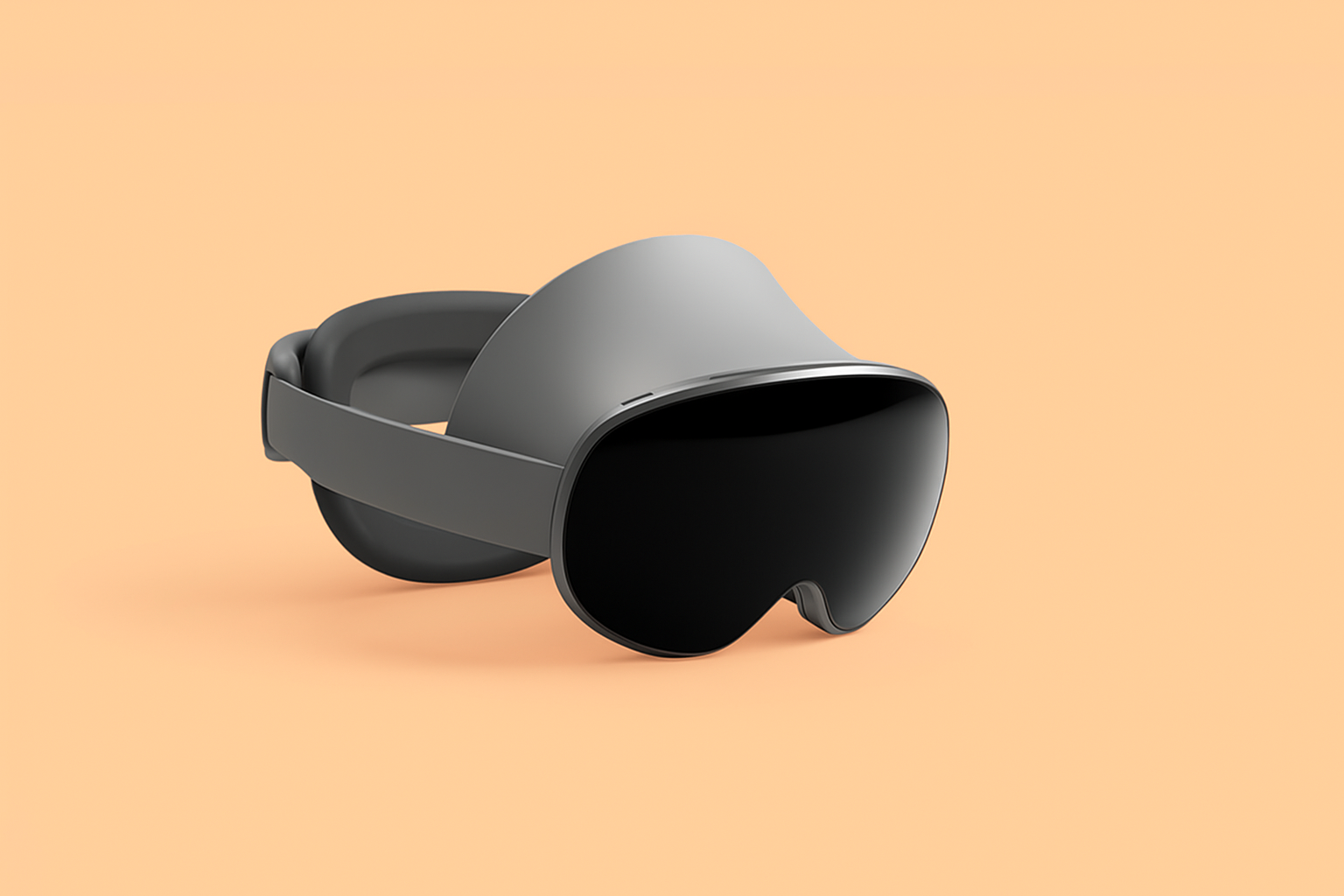
Project Moohan is viewed as a calculated foray into the high-end XR space. Samsung is taking a conservative first-run production model, with news indicating approximately 100,000 units for the initial phase. This enables Samsung to test market acceptance, fine-tune production, and keep quality in check prior to expansion.
Pricing is still speculative, but the headset is expected to fall between $1,800–$2,900, putting it in line with other premium XR devices. Samsung is also promoting early reservations, with a $100 credit for pre-registrations that could help gain early traction.
Why Project Moohan Matters
Samsung’s Project Moohan is not simply another XR headset. It is a fusion of AI, XR, and mobile computing and holds the potential for new ways of engaging with digital material. Here’s why it matters:
- First Official Android XR Device: As the first device on Android XR, Moohan is the gateway to a broader device and application ecosystem.
- High-End Performance: With next-generation processors, high-res screens, and sophisticated sensors, the headset guarantees premium XR experiences.
- AI-Driven Interaction: Gemini AI support might make the headset intelligent and effortless to use compared to earlier devices.
- Strategic Market Entry: Samsung is entering the high-end market cautiously, indicating long-term XR goals without overproducing in early volumes.
What to Expect on October 21
The October 21 Galaxy launch will be important for validating many of the facts regarding Project Moohan. Viewers and attendees should be looking out for:
Official name and branding — will it come out as Galaxy XR or stick with the Moohan brand?
- Confirmed specifications — such as display resolution, processor, memory, sensors, and battery life.
- Pricing and availability — such as if it will be available to buy straight away or held back first.
- Features and software — Android XR capabilities, Gemini AI integration, and support for third-party apps.
- Accessories and control — charging options, motion controllers, and battery packs.
- Market positioning — how Samsung positions the headset against rivals such as Apple Vision Pro or Meta Quest.
Samsung’s Galaxy event on October 21 is looking like a turning point for the XR sector. With Project Moohan, Samsung plans to provide top-tier immersive experiences with AI and high-end display technology. Leaked early announcements and preview hands-on tests indicate a top-tier headset, possibly putting Samsung in the same league as a serious player in the XR sector as Apple and Meta.
As the globe waits with bated breath for the official unveiling, one thing is certain: Samsung is testing the limits of what is possible with extended reality, giving a glimpse into a not-so-distant future where the digital and physical seamlessly blur.
With Android XR, sophisticated AI capabilities, and high-end hardware, Project Moohan may be the beginning of the next generation of immersive technology. The next Galaxy event is one tech fans just cannot miss.
Related posts:
 NVIDIA GeForce RTX 5060: Ultimate Specs, Performance & Gaming Power
NVIDIA GeForce RTX 5060: Ultimate Specs, Performance & Gaming Power
 iQOO Watch GT 2: The Evolution of Smartwatch Performance
iQOO Watch GT 2: The Evolution of Smartwatch Performance
 OPPO Find X9 Pro: Revolutionizing Smartphone Photography with Hasselblad Professional Imaging Kit
OPPO Find X9 Pro: Revolutionizing Smartphone Photography with Hasselblad Professional Imaging Kit
 Vivo Watch GT 2 Launched With 2.07-Inch Display & eSIM Support: Price, Features & Everything You Should Know
Vivo Watch GT 2 Launched With 2.07-Inch Display & eSIM Support: Price, Features & Everything You Should Know

